Home>Furniture & Design>Interior Design Trends>What Takes Super Glue Off Glass
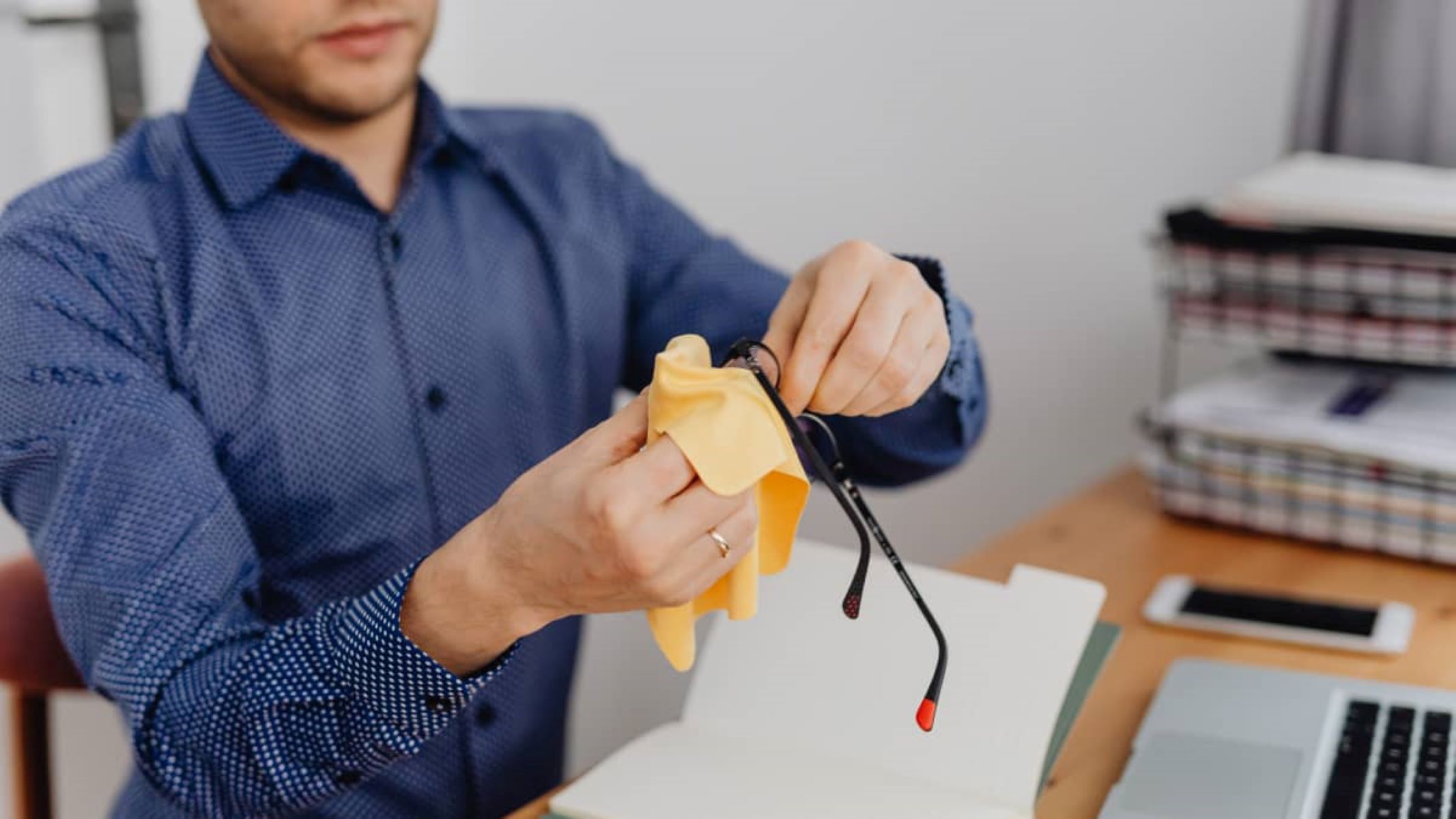

Interior Design Trends
What Takes Super Glue Off Glass
Published: February 5, 2024
Discover effective ways to remove super glue from glass and keep up with the latest interior design trends. Say goodbye to stubborn stains and stay updated on the latest home decor styles.
(Many of the links in this article redirect to a specific reviewed product. Your purchase of these products through affiliate links helps to generate commission for Storables.com, at no extra cost. Learn more)
Introduction
Super glue is a versatile adhesive that has become a staple in many households and workshops. Its remarkable bonding strength makes it an invaluable tool for various DIY projects and repairs. However, despite its usefulness, super glue can sometimes create unwanted messes, especially when it comes into contact with glass surfaces. Whether it's an accidental spill or an adhesive mishap, removing super glue from glass can be a challenging task. Fortunately, there are several effective methods for tackling this issue without causing damage to the glass.
Understanding the nature of super glue and its interaction with glass is essential for successful removal. Super glue, also known as cyanoacrylate adhesive, forms a strong bond when it comes into contact with surfaces. When applied to glass, it undergoes a rapid curing process, creating a tough and resilient bond. This makes removing super glue from glass a delicate process that requires careful consideration of the adhesive's properties and the fragility of the glass surface.
In the following sections, we will explore various methods for safely and effectively removing super glue from glass. From household remedies to specialized products, each approach offers a unique solution to address this common predicament. By understanding the advantages and considerations of each method, you can confidently choose the most suitable approach for your specific situation. Whether you opt for traditional remedies like vinegar and baking soda or prefer the convenience of commercial glue removers, the goal remains the same: to restore the pristine condition of the glass surface while bidding farewell to the stubborn super glue residue.
As we delve into the intricacies of removing super glue from glass, it's important to approach the process with patience and precision. Each method presents its own set of advantages and considerations, and by arming yourself with the right knowledge, you can navigate this challenge with confidence. So, let's embark on this journey to discover the most effective techniques for liberating glass surfaces from the clutches of super glue.
Key Takeaways:
- Say goodbye to super glue on glass! Use acetone, vinegar, baking soda, or commercial removers with caution and patience. Restore glass to its pristine state with these effective methods.
- Removing super glue from glass? Ventilate, protect, and be patient. Whether using household remedies or commercial products, follow precautions for safe and successful removal.
Read more: What Takes Stickers Off Glass
Understanding Super Glue
Super glue, also known as cyanoacrylate adhesive, is a fast-acting and incredibly strong bonding agent. It is widely used in various applications, from repairing broken items to crafting intricate projects. When super glue comes into contact with a surface, it undergoes a rapid polymerization process, transforming from a liquid state to a solid form within seconds. This quick curing process is a defining characteristic of super glue and contributes to its exceptional bonding strength.
When applied to glass, super glue forms a tenacious bond that can be challenging to remove. The adhesive properties of super glue allow it to create a durable and resilient attachment to the glass surface. This bond is further reinforced by the smooth and non-porous nature of glass, providing an ideal substrate for the glue to adhere to.
The chemical composition of super glue plays a pivotal role in its adhesive capabilities. Cyanoacrylate, the main component of super glue, reacts with the hydroxyl ions present on the surface of glass, initiating the polymerization process. This reaction results in the formation of strong molecular chains that intertwine with the glass, creating a formidable bond.
Due to its rapid curing and strong adhesion, removing super glue from glass requires a methodical approach to avoid causing damage to the glass surface. Understanding the chemical properties of super glue and its interaction with glass is crucial for selecting the most effective removal method. By considering the unique characteristics of super glue, such as its quick curing time and durable bond, one can approach the removal process with the necessary knowledge and precision.
As we delve into the methods for removing super glue from glass, this understanding of the adhesive's properties will guide our approach, ensuring that the glass surface is restored to its pristine condition without compromising its integrity.
By comprehending the intricacies of super glue and its interaction with glass, we can navigate the process of removing this resilient adhesive with confidence and precision. Each removal method is tailored to address the specific challenges posed by super glue, offering a pathway to liberate glass surfaces from its steadfast grip.
Methods for Removing Super Glue from Glass
When faced with the daunting task of removing super glue from glass, several methods offer effective solutions to tackle this adhesive predicament. Each approach presents its own set of advantages and considerations, catering to different preferences and circumstances. From household remedies to specialized products, the following methods provide a comprehensive toolkit for addressing super glue residue on glass surfaces.
Using Acetone
Acetone, a potent solvent commonly found in nail polish removers, is a popular choice for removing super glue from glass. Its ability to dissolve cyanoacrylate adhesive makes it an effective option for breaking down the tough bond created by super glue. When using acetone, it is important to apply it carefully to the affected area, allowing it to penetrate the adhesive and weaken its grip on the glass. After a brief period, the softened glue can be gently scraped off, restoring the glass to its pristine state.
Using Vinegar
Vinegar, a versatile household ingredient, offers a natural and gentle approach to removing super glue from glass. By soaking the affected area in vinegar or applying it directly to the glue residue, the acidic properties of vinegar work to gradually loosen the adhesive bond. This method may require patience, as the vinegar gradually softens the glue, making it easier to remove without causing damage to the glass surface.
Read more: How To Store Super Glue
Using Baking Soda
The combination of baking soda and water forms a mild abrasive paste that can aid in removing super glue from glass. By gently rubbing the paste onto the affected area, the abrasive action helps to gradually wear down the glue residue, allowing it to be carefully scraped away. This method provides a non-toxic and accessible solution for addressing super glue on glass surfaces.
Using Commercial Glue Removers
Commercial adhesive removers specifically formulated for cyanoacrylate adhesive offer a convenient and targeted approach to removing super glue from glass. These specialized products are designed to effectively dissolve and weaken the adhesive bond, facilitating the removal process. When using commercial glue removers, it is essential to follow the manufacturer's instructions and precautions to ensure safe and successful removal.
Each of these methods offers a unique approach to addressing super glue residue on glass surfaces. By considering the advantages and considerations of each method, individuals can confidently choose the most suitable approach for their specific situation, allowing them to restore the pristine condition of the glass surface while bidding farewell to the stubborn super glue residue.
Using Acetone
Acetone, a powerful solvent commonly found in nail polish removers, is a highly effective method for removing super glue from glass surfaces. Its ability to dissolve cyanoacrylate adhesive makes it a popular choice for tackling stubborn glue residue. When employing acetone for this purpose, it is crucial to handle it with care and precision to ensure successful removal without causing damage to the glass.
To initiate the removal process, a small amount of acetone can be carefully applied to the affected area where the super glue is present. It is important to allow the acetone to penetrate the adhesive and gradually weaken its bond with the glass. This can be achieved by gently dabbing or applying the acetone using a cotton swab or soft cloth, ensuring that the solvent is confined to the specific area of the glue residue.
As the acetone begins to work its magic, the once formidable bond between the super glue and the glass surface starts to soften. This allows for the careful and gradual removal of the softened glue using a non-abrasive tool, such as a plastic scraper or a soft cloth. It is essential to exercise patience during this process, as rushing the removal may risk damaging the glass.
After the majority of the softened glue has been removed, any residual traces can be further treated with additional applications of acetone, if necessary. This meticulous approach ensures that the glass surface is thoroughly liberated from the grip of the super glue, restoring its pristine condition.
It is important to note that when using acetone, adequate ventilation is essential to prevent inhalation of fumes. Additionally, protective gloves should be worn to avoid direct contact with the solvent. Careful handling and adherence to safety precautions are imperative when utilizing acetone for removing super glue from glass.
By employing acetone with precision and caution, individuals can effectively eliminate super glue residue from glass surfaces, restoring them to their original state without compromising their integrity. This method offers a potent and targeted approach to addressing super glue mishaps, providing a pathway to reclaim the smooth and immaculate surface of glass from the clutches of stubborn adhesive residue.
Using Vinegar
Vinegar, a versatile household ingredient, offers a natural and gentle approach to removing super glue from glass. Its acidic properties make it an effective solution for gradually loosening the adhesive bond without causing damage to the glass surface. When employing vinegar for this purpose, patience and precision are key to achieving successful removal.
To initiate the process, one can create a vinegar solution by diluting vinegar with water in a 1:1 ratio. This diluted vinegar solution can then be applied directly to the area affected by the super glue residue. Alternatively, the affected glass surface can be soaked in the vinegar solution to allow the acidic properties of the vinegar to gradually soften the adhesive bond.
As the vinegar solution begins to work its magic, the acidic nature of the liquid interacts with the super glue, gradually weakening its grip on the glass surface. This gentle yet effective process requires time, as the vinegar slowly breaks down the adhesive bond, making it easier to remove the softened glue without causing damage to the glass.
After allowing the vinegar solution to work its way through the super glue residue, the softened adhesive can be carefully scraped away using a non-abrasive tool, such as a plastic scraper or a soft cloth. It is important to approach this step with caution and patience, ensuring that the glass surface remains unharmed during the removal process.
For stubborn or larger areas of super glue residue, the application of the vinegar solution may need to be repeated, allowing the natural acidic properties of vinegar to continue loosening the adhesive bond. This methodical approach ensures thorough removal while preserving the integrity of the glass surface.
The use of vinegar provides a non-toxic and accessible solution for addressing super glue on glass surfaces. Its gentle yet effective nature makes it a preferred option for individuals seeking a natural and household remedy for removing stubborn adhesive residue. By employing vinegar with patience and precision, one can successfully liberate glass surfaces from the clutches of super glue, restoring them to their original pristine state.
Using Baking Soda
Utilizing baking soda presents a mild yet effective approach to removing super glue from glass surfaces. This household staple, known for its versatile cleaning properties, offers a non-toxic and accessible solution for addressing stubborn adhesive residue without causing damage to the glass.
To initiate the removal process, a paste can be created by mixing baking soda with water to form a thick and abrasive consistency. This paste can then be gently applied to the area affected by the super glue residue. The mild abrasive nature of the baking soda paste aids in gradually wearing down the adhesive, making it easier to remove without compromising the integrity of the glass surface.
Once the baking soda paste is applied to the affected area, it should be carefully rubbed onto the super glue residue using a soft cloth or sponge. The gentle abrasive action of the paste works to gradually break down the adhesive bond, allowing it to be carefully scraped away without causing scratches or damage to the glass.
After allowing the baking soda paste to work its magic on the super glue residue, the softened adhesive can be gently scraped off using a non-abrasive tool, such as a plastic scraper or a soft cloth. It is crucial to approach this step with patience and precision, ensuring that the glass surface remains unharmed during the removal process.
For larger or more stubborn areas of super glue residue, the application of the baking soda paste may need to be repeated, allowing the mild abrasive properties of the paste to continue wearing down the adhesive bond. This methodical approach ensures thorough removal while preserving the pristine condition of the glass surface.
The use of baking soda provides a gentle and accessible solution for addressing super glue on glass surfaces. Its mild abrasive nature makes it an ideal option for individuals seeking a non-toxic and household remedy for removing stubborn adhesive residue. By employing baking soda with patience and precision, one can effectively liberate glass surfaces from the clutches of super glue, restoring them to their original immaculate state.
Using Commercial Glue Removers
Commercial glue removers offer a convenient and targeted approach to removing super glue from glass surfaces. These specialized products are specifically formulated to effectively dissolve and weaken the adhesive bond, facilitating the removal process with precision and efficiency. When faced with stubborn or extensive super glue residue on glass, commercial glue removers provide a reliable solution for restoring the pristine condition of the surface.
The application of commercial glue removers typically involves carefully following the manufacturer's instructions and precautions to ensure safe and successful removal. These products are designed to penetrate the adhesive bond, effectively breaking down the super glue and allowing it to be removed without causing damage to the glass. The specialized formulation of commercial glue removers ensures that the removal process is tailored to address the resilient nature of super glue, providing a targeted solution for liberating glass surfaces from adhesive residue.
When using commercial glue removers, it is essential to apply the product selectively to the affected area, ensuring that it remains confined to the super glue residue. This focused application allows the remover to work its way through the adhesive, gradually weakening its bond with the glass surface. As the adhesive bond is dissolved, the softened super glue can be carefully removed using a non-abrasive tool, such as a plastic scraper or a soft cloth, ensuring that the glass remains unharmed during the process.
The convenience and efficacy of commercial glue removers make them a preferred choice for individuals seeking a reliable and specialized solution for removing super glue from glass. These products offer a targeted and efficient approach to addressing adhesive residue, providing a pathway to restore glass surfaces to their original pristine state. By following the recommended guidelines and precautions for using commercial glue removers, individuals can confidently tackle super glue mishaps, knowing that they have a reliable ally in the quest to liberate glass surfaces from stubborn adhesive residue.
To remove super glue from glass, soak the affected area in warm soapy water for a few minutes, then gently scrape off the glue with a razor blade or use acetone or nail polish remover to dissolve the glue.
Precautions and Tips
When undertaking the task of removing super glue from glass surfaces, it is essential to approach the process with caution and attentiveness. The following precautions and tips are crucial for ensuring safe and successful removal while preserving the integrity of the glass:
-
Ventilation: Whether using acetone, vinegar, baking soda, or commercial glue removers, adequate ventilation is paramount. Proper airflow helps disperse fumes and vapors, reducing the risk of inhalation and ensuring a safe environment for the removal process.
-
Protective Gear: When handling solvents such as acetone or commercial glue removers, wearing protective gloves is imperative. This precaution prevents direct contact with the skin and minimizes the risk of skin irritation or allergic reactions.
-
Precision Application: Whether applying solvents or creating pastes, precision in application is crucial. Carefully confining the solvent or paste to the specific area affected by the super glue residue helps prevent unnecessary contact with the surrounding glass surface, minimizing the risk of damage.
-
Patience: Removing super glue from glass requires patience and a methodical approach. Rushing the process may lead to unintended damage to the glass surface. Allowing solvents or pastes to work gradually on the adhesive bond ensures thorough and safe removal.
-
Non-Abrasive Tools: When scraping off softened super glue, using non-abrasive tools such as plastic scrapers or soft cloths is essential. Abrasive materials can scratch or damage the glass, detracting from its pristine appearance.
-
Test in a Small Area: Before applying any solvent or paste to a larger area, it is advisable to conduct a small test in an inconspicuous spot on the glass. This test helps assess the impact of the removal method on the glass surface and ensures that it is compatible with the specific type of glass.
-
Follow Manufacturer's Instructions: When using commercial glue removers, adhering to the manufacturer's instructions and precautions is crucial. These guidelines are designed to optimize the effectiveness of the product while ensuring safe and appropriate usage.
By adhering to these precautions and tips, individuals can navigate the process of removing super glue from glass with confidence and care. These measures safeguard both the glass surface and the individual performing the removal, ensuring a successful outcome without compromising safety or the integrity of the glass.
Conclusion
In conclusion, the process of removing super glue from glass surfaces demands a thoughtful and meticulous approach. Whether utilizing household remedies such as vinegar and baking soda or opting for specialized solutions like acetone and commercial glue removers, each method offers a unique pathway to liberate glass from the clutches of stubborn adhesive residue.
Understanding the nature of super glue and its interaction with glass is paramount in selecting the most suitable removal method. The adhesive properties of super glue, characterized by its rapid curing and resilient bond, necessitate careful consideration to ensure successful removal without causing damage to the glass surface.
The methods discussed, including the use of acetone, vinegar, baking soda, and commercial glue removers, cater to diverse preferences and circumstances. Acetone, a potent solvent, provides a targeted approach to dissolving super glue, while vinegar offers a natural and gentle solution. Baking soda presents a mild abrasive method, and commercial glue removers deliver convenience and efficacy in addressing adhesive residue.
Throughout the removal process, precautions such as adequate ventilation, protective gear, precision application, patience, and the use of non-abrasive tools are essential for ensuring safe and successful removal while preserving the integrity of the glass.
By navigating the intricacies of super glue removal with patience and precision, individuals can restore glass surfaces to their original pristine state, bidding farewell to the stubborn remnants of super glue. Whether it's reclaiming a glass tabletop, a decorative vase, or a cherished ornament, the methods outlined provide a comprehensive toolkit for addressing super glue mishaps with confidence and care.
As we embark on the journey of restoring glass surfaces to their immaculate state, the knowledge and insights gained from understanding the properties of super glue and the considerations of each removal method empower us to navigate this challenge with confidence. With the right approach and a touch of patience, the resilience of super glue is no match for the determination to preserve the beauty and integrity of glass surfaces.
Frequently Asked Questions about What Takes Super Glue Off Glass
Was this page helpful?
At Storables.com, we guarantee accurate and reliable information. Our content, validated by Expert Board Contributors, is crafted following stringent Editorial Policies. We're committed to providing you with well-researched, expert-backed insights for all your informational needs.
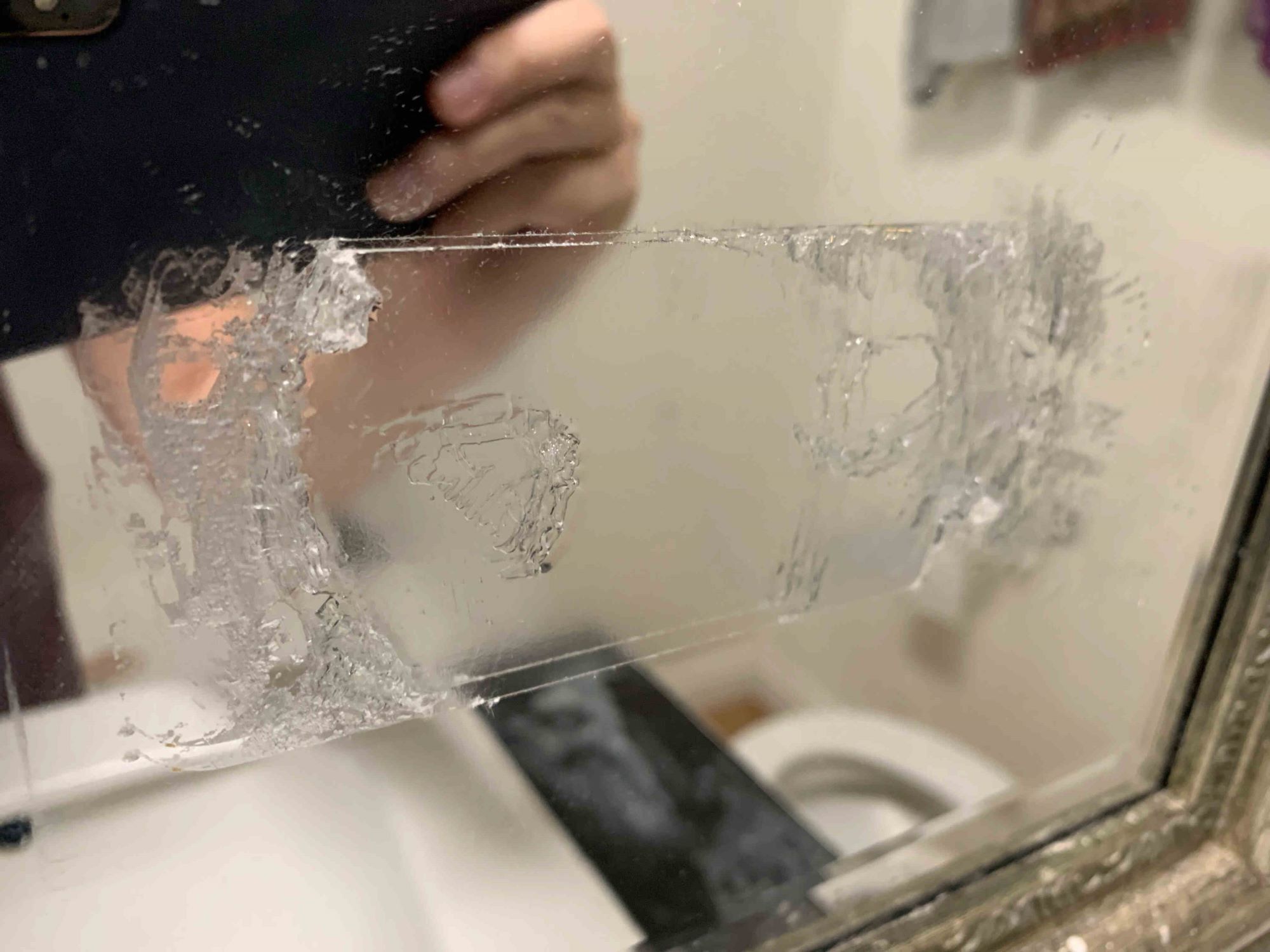
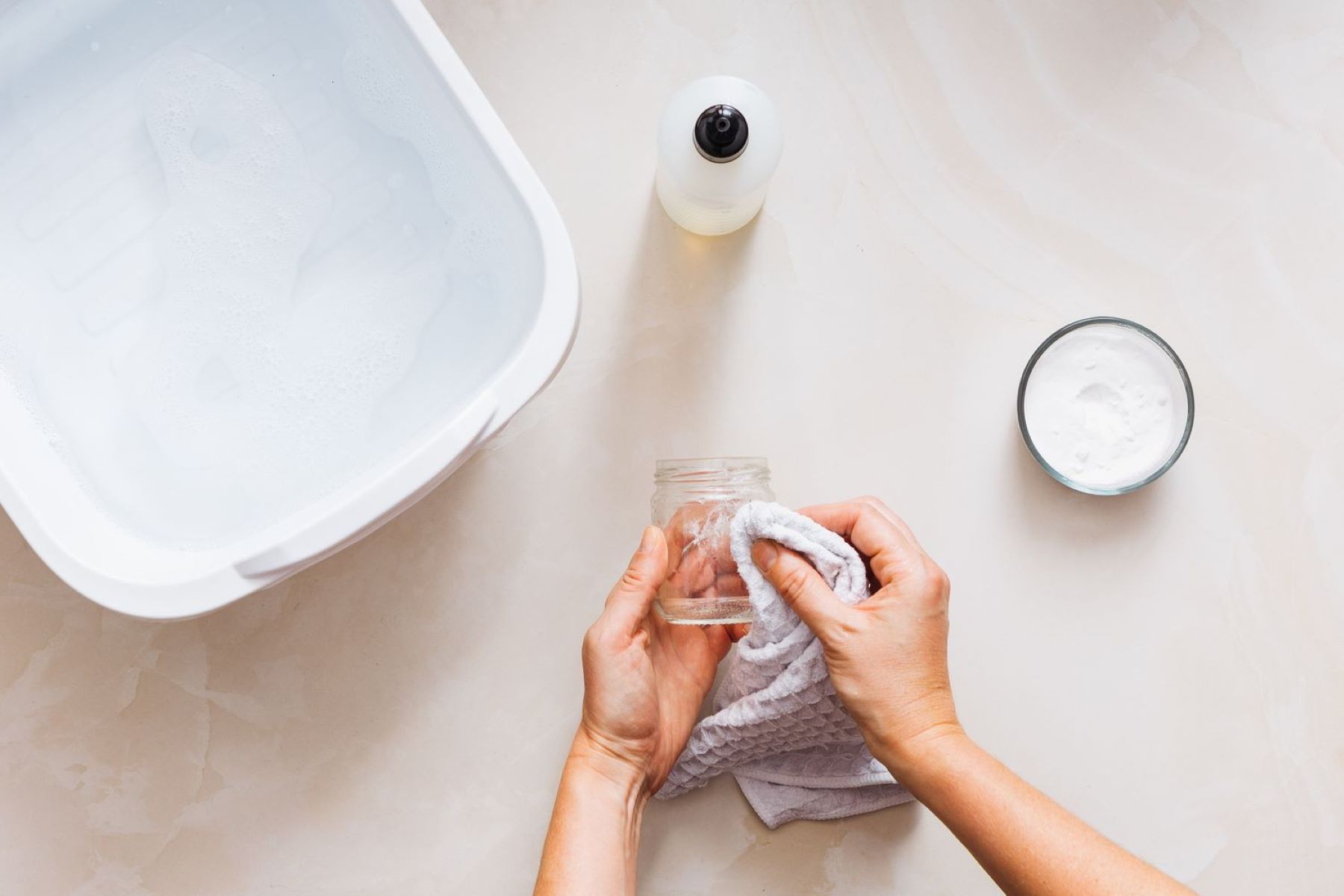
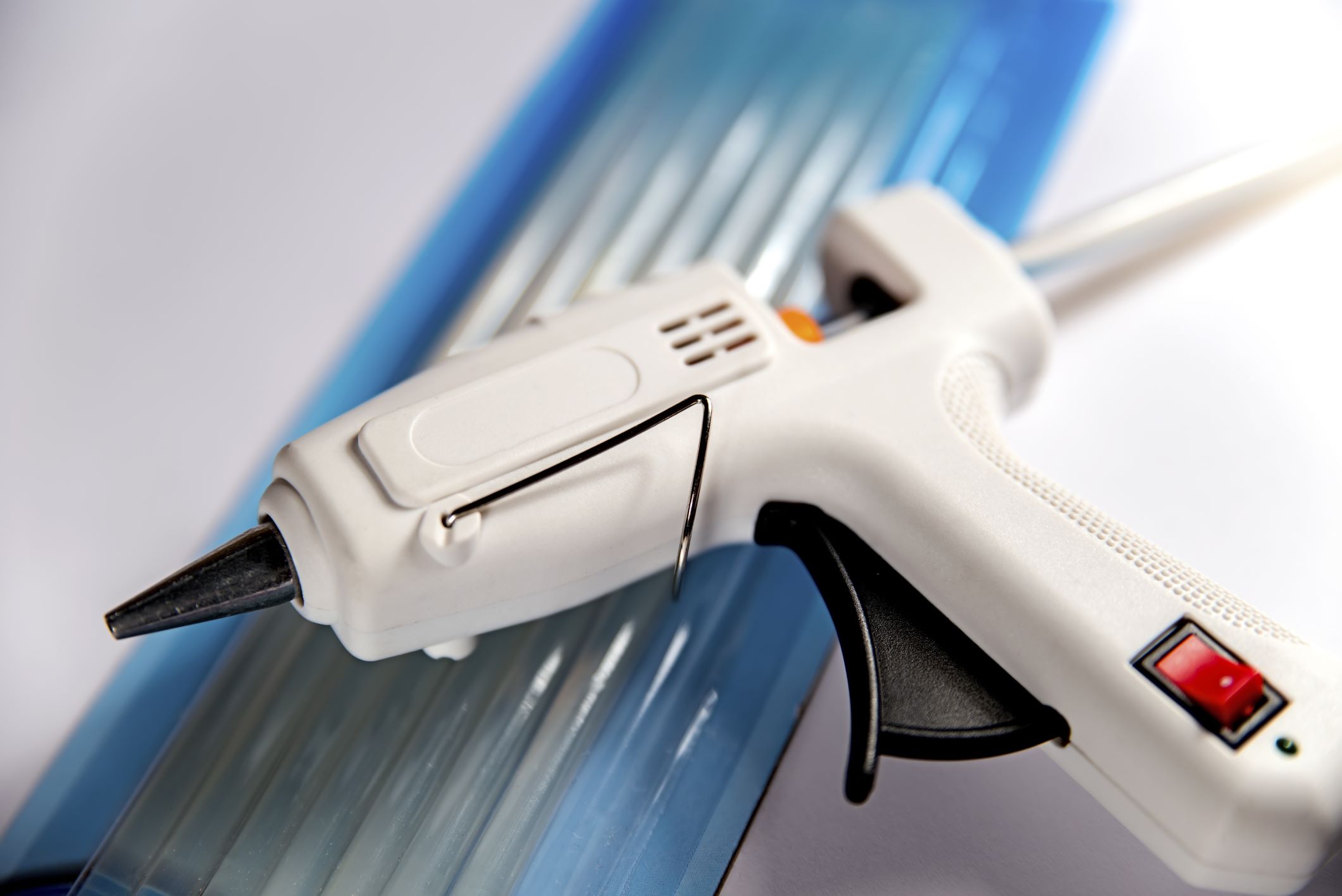
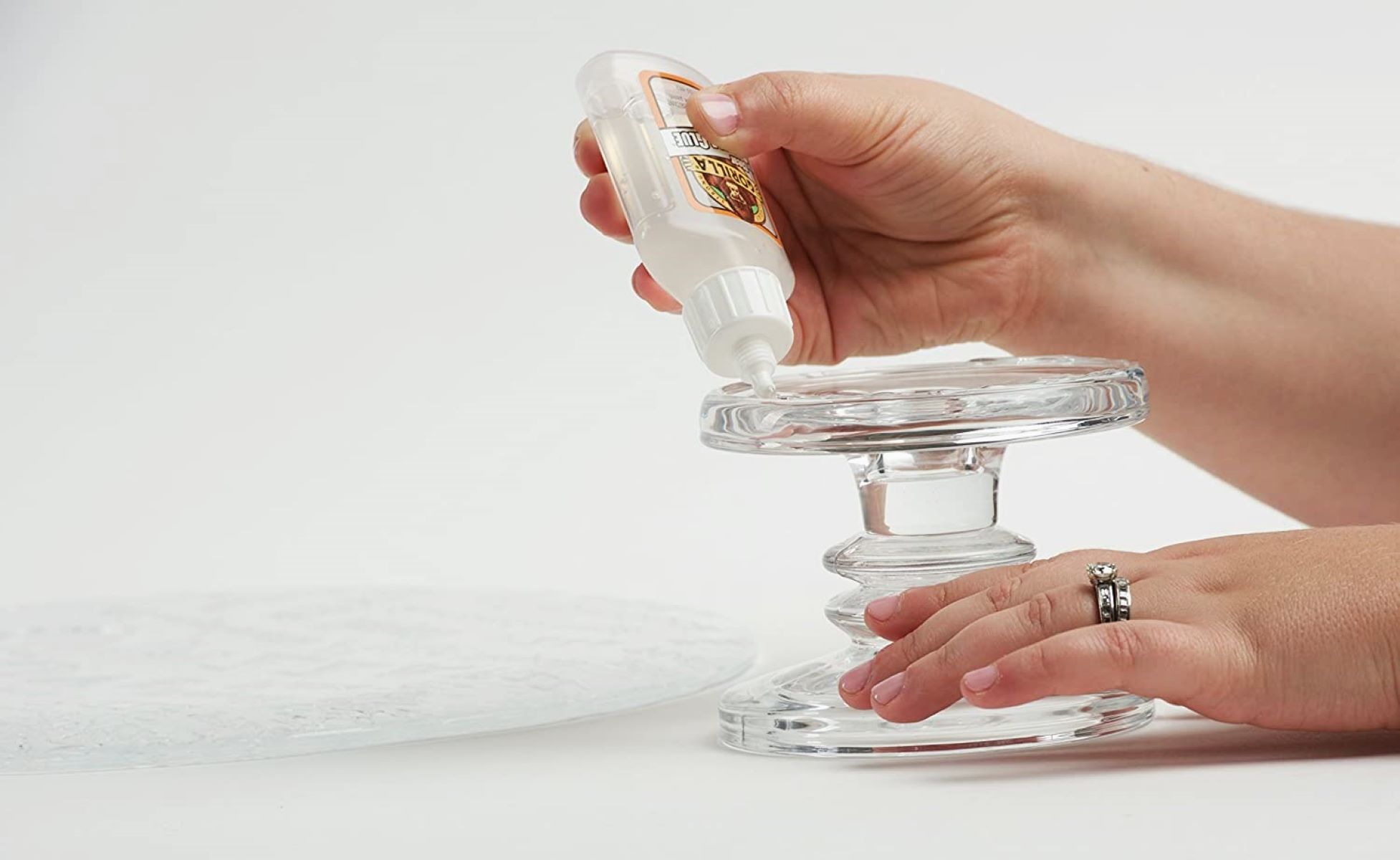
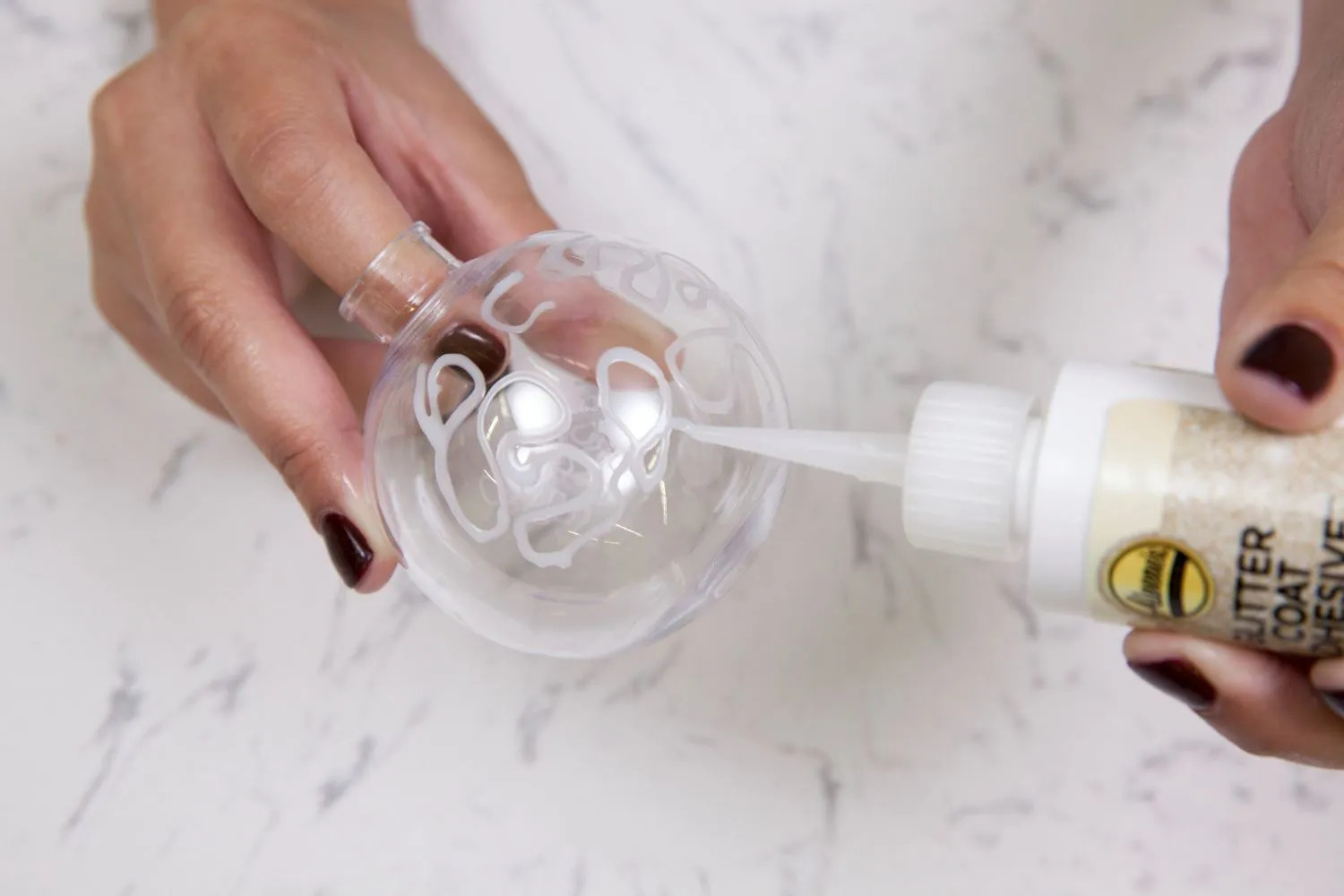
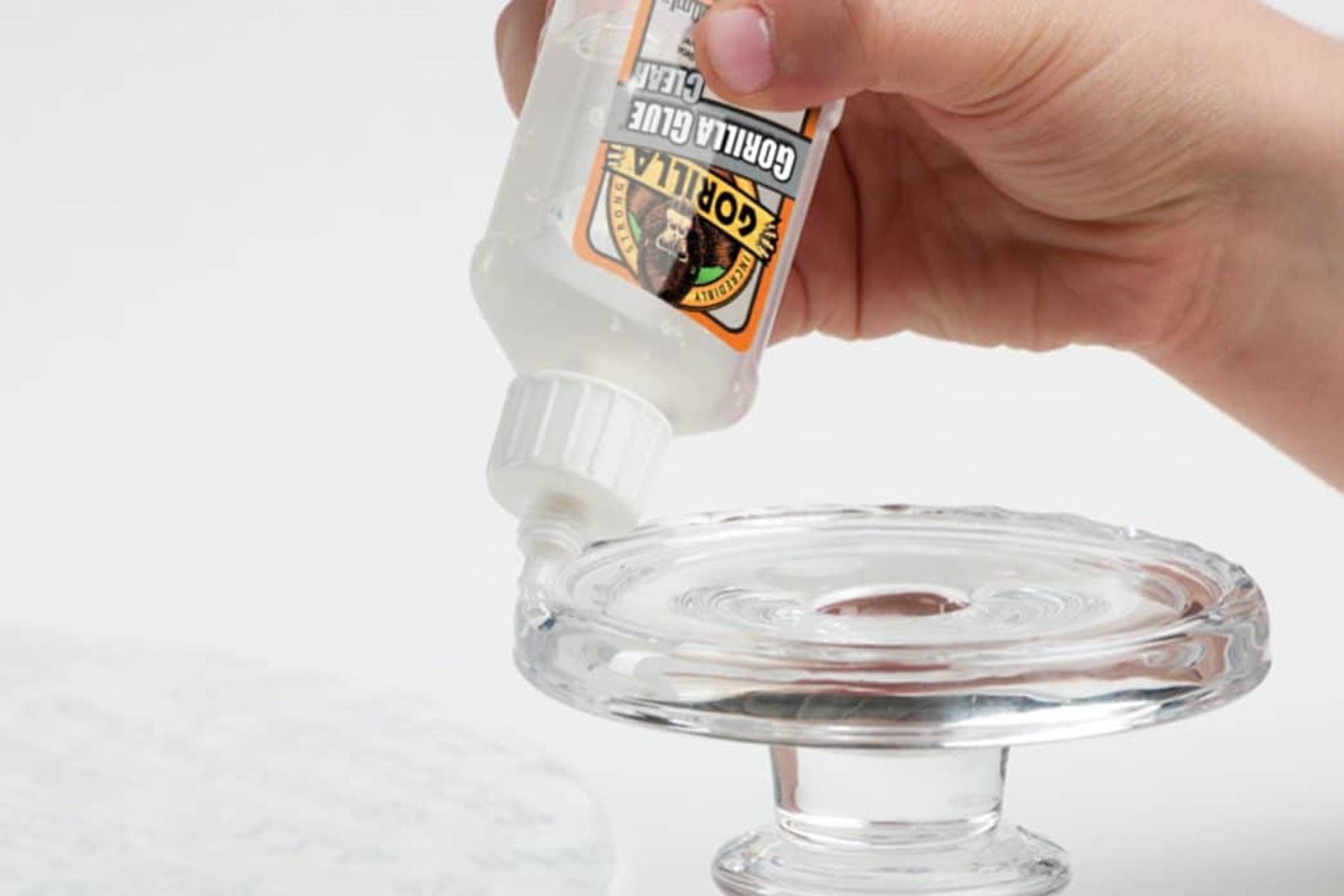
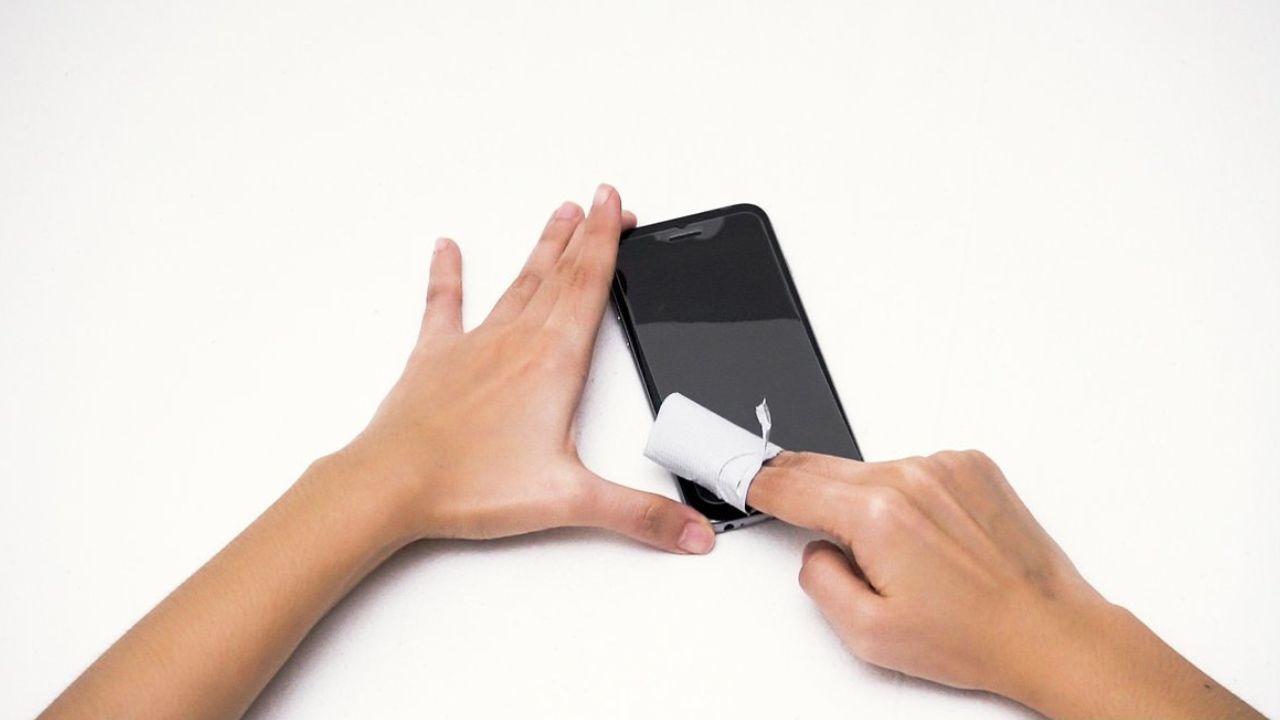
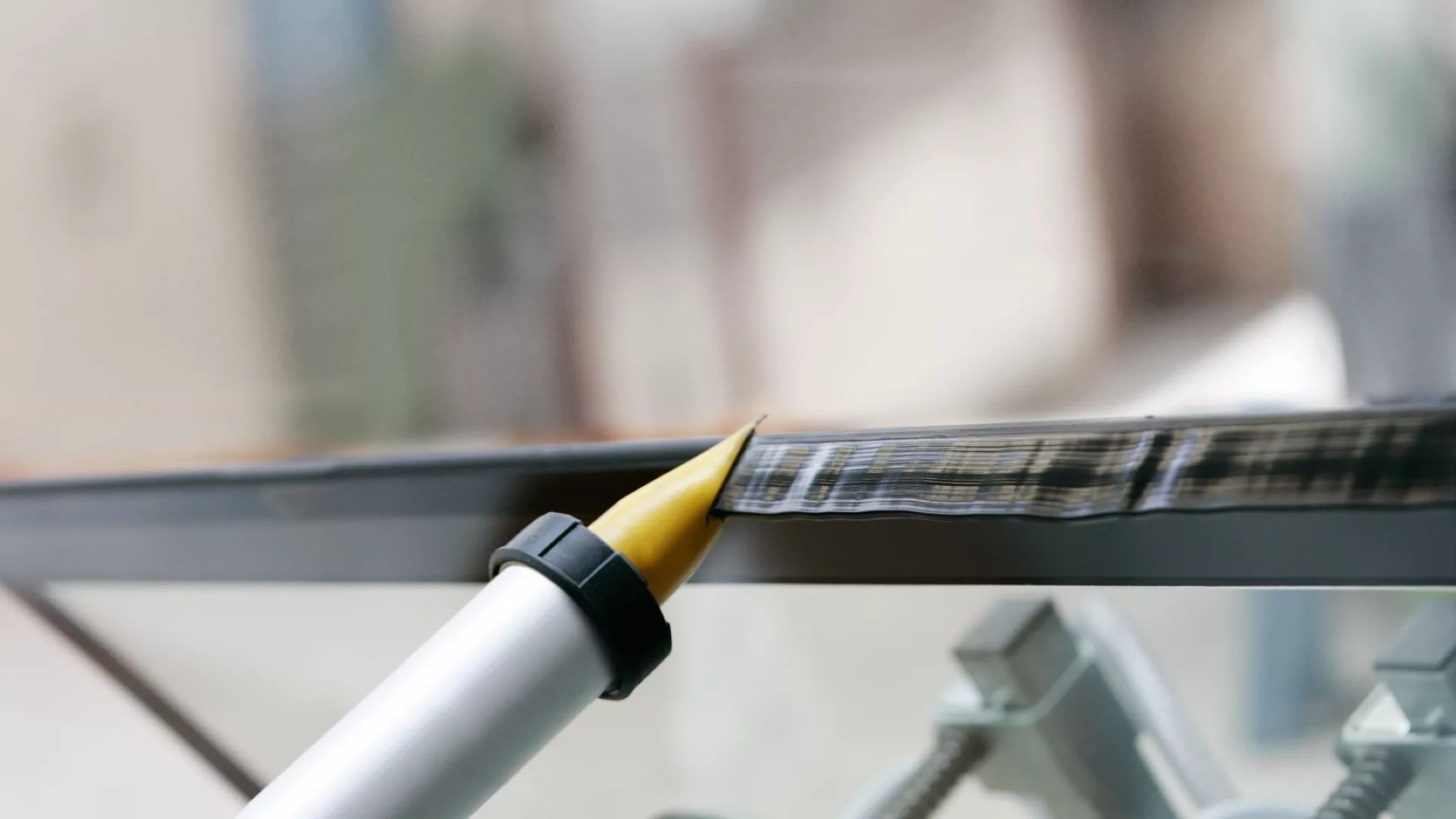
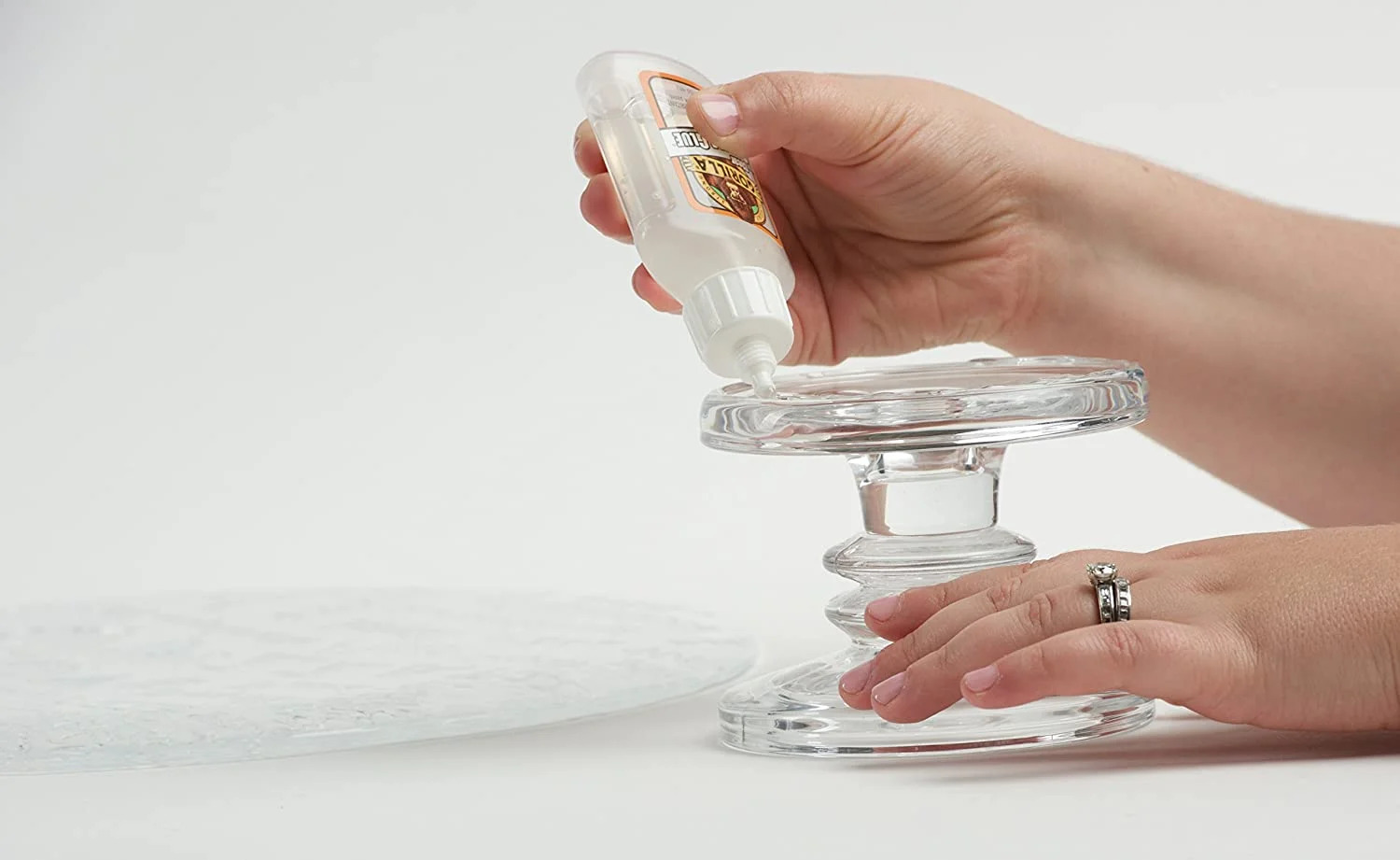

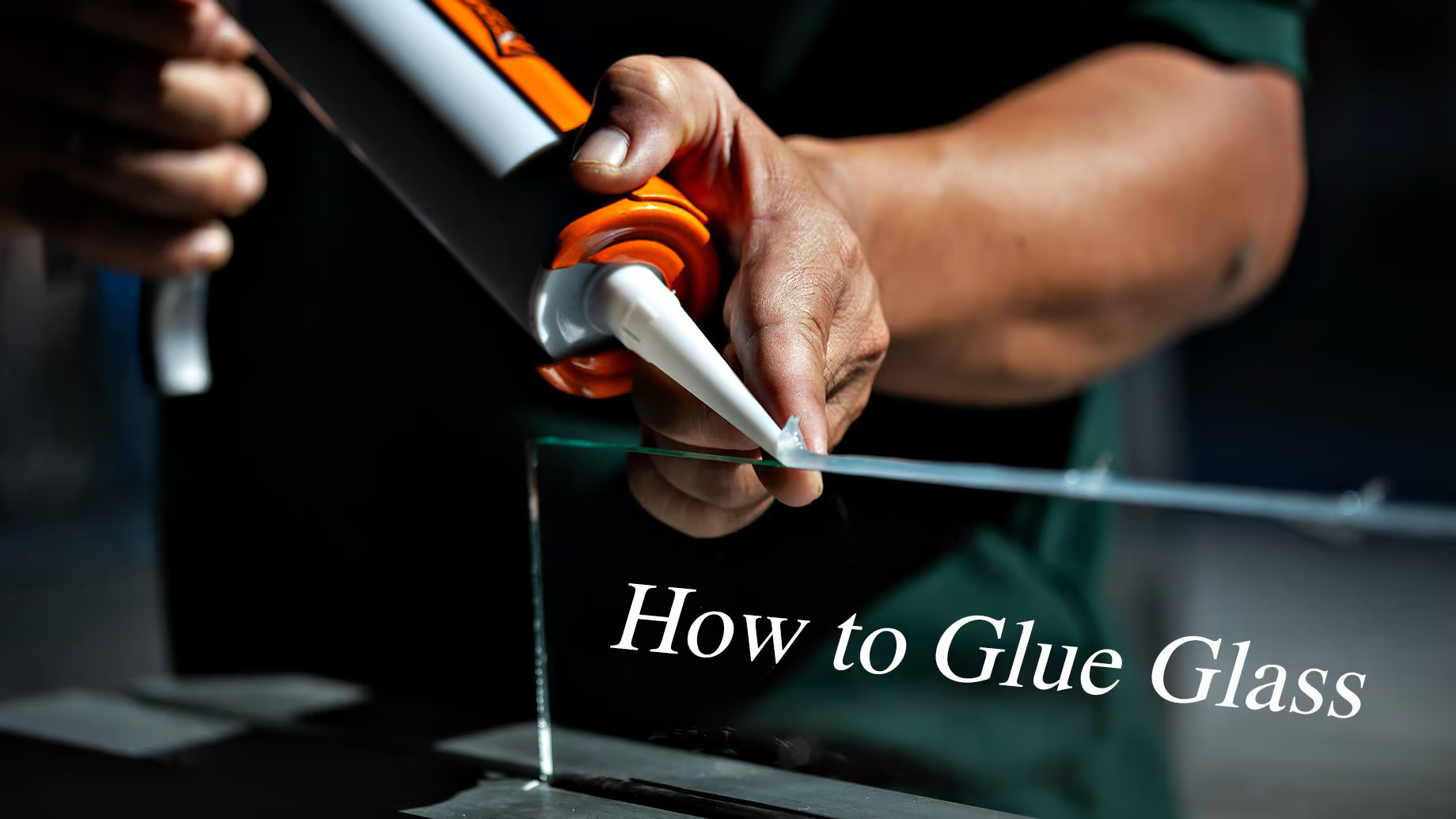
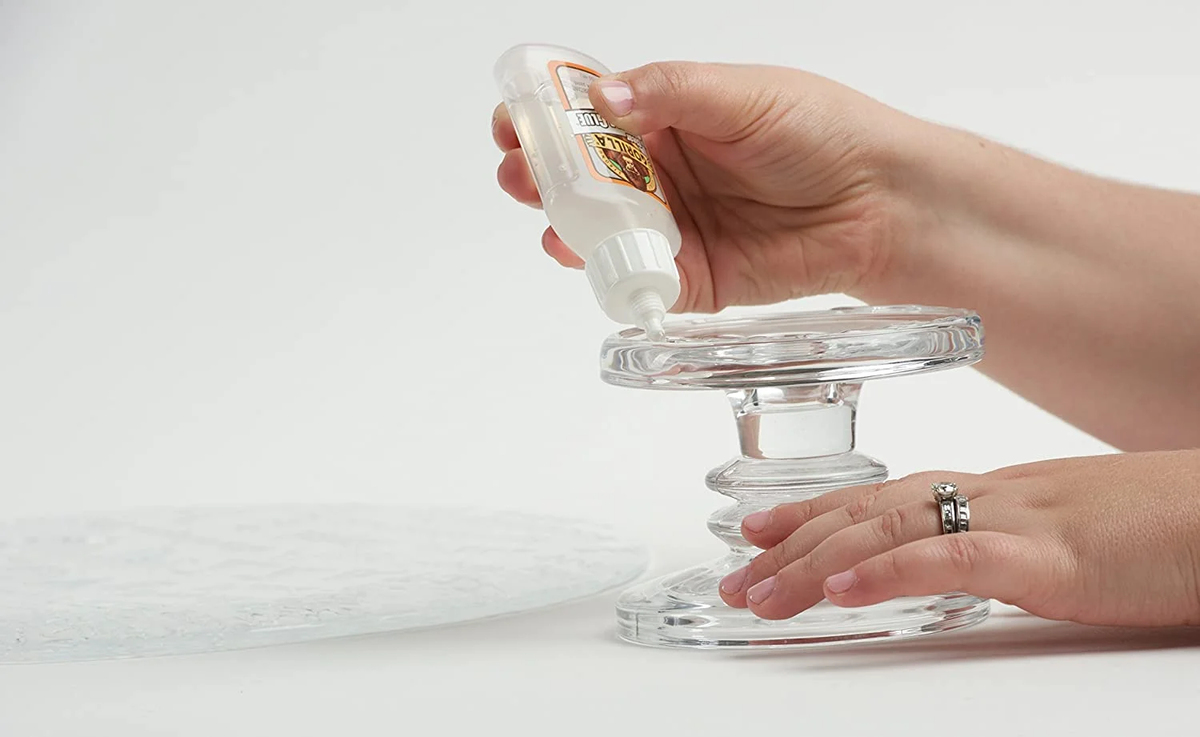
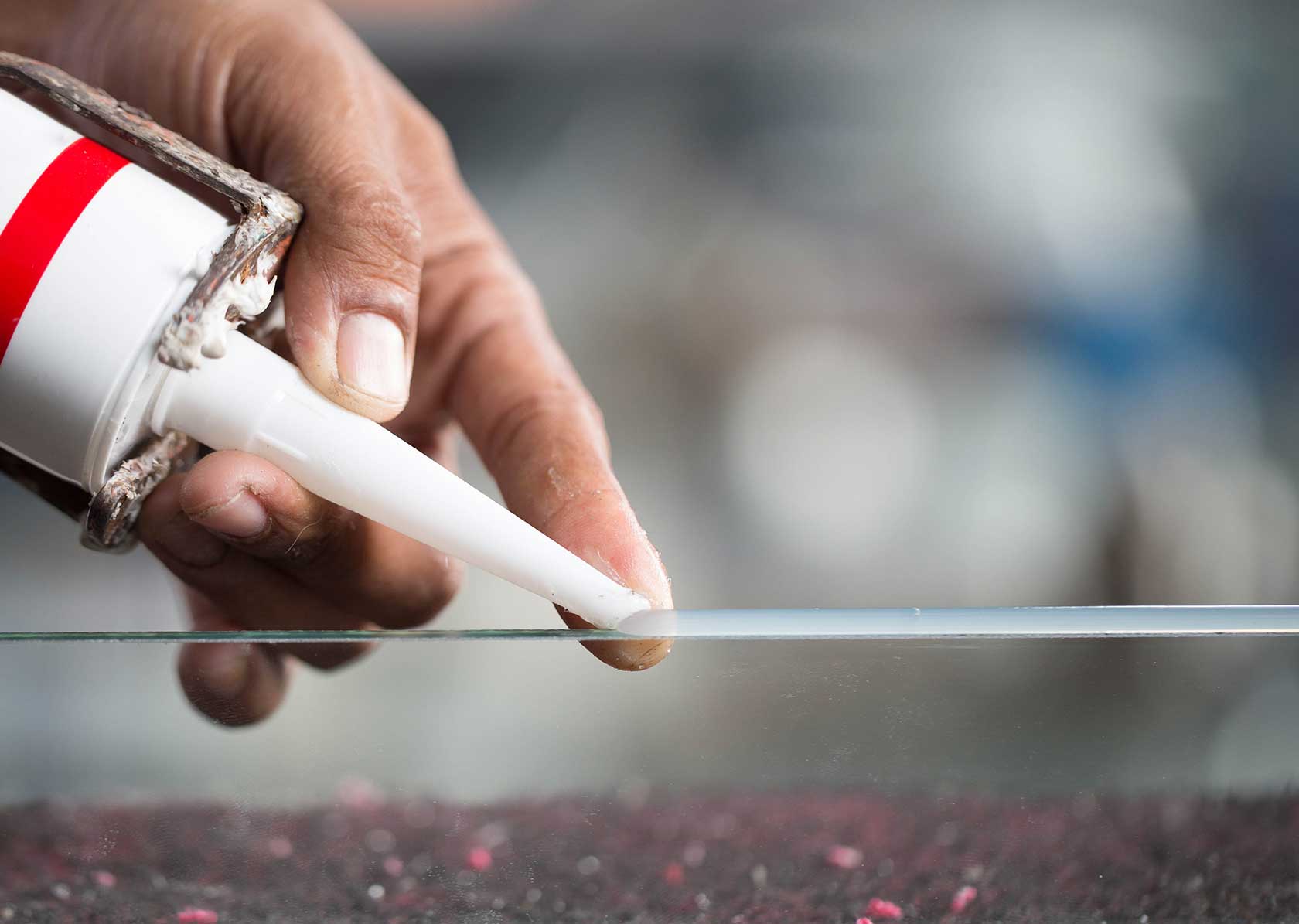

0 thoughts on “What Takes Super Glue Off Glass”